WASHINGTON–Discover the latest Earth and space science news at Fall Meeting 2019 this December, when more than 25,000 attendees from around the globe are expected to assemble for the largest worldwide conference in the Earth and space sciences. This year,…
Tag: Earth Science
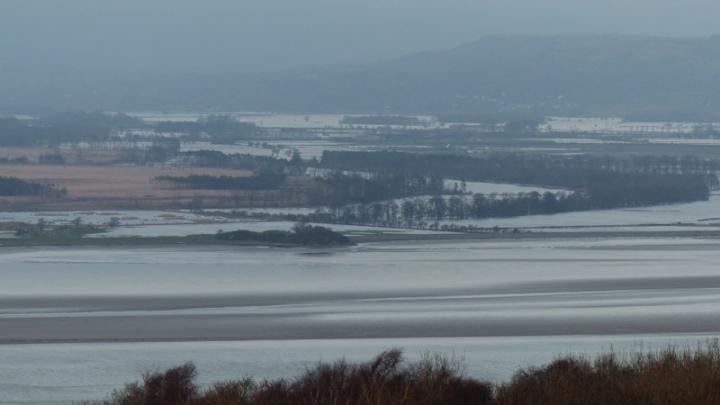
Changing climate linked to major changes in flooding across Europe
Multinational study shows significant regional differences in severity of floods
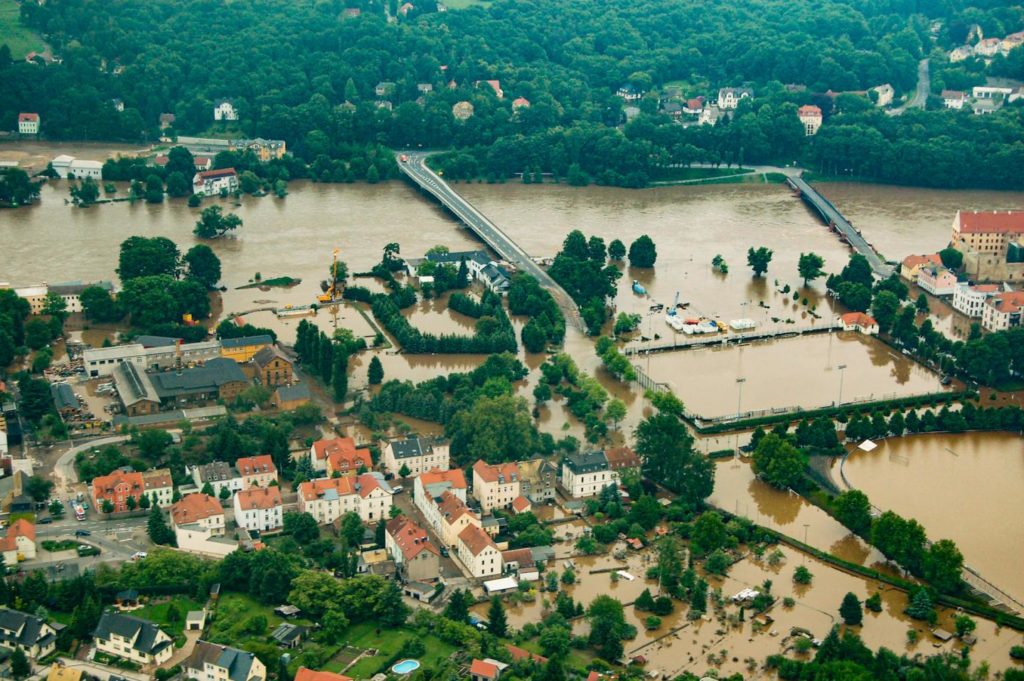
Floods are impacted by a changing climate
A large international research project led by the Vienna University of Technology has demonstrated,
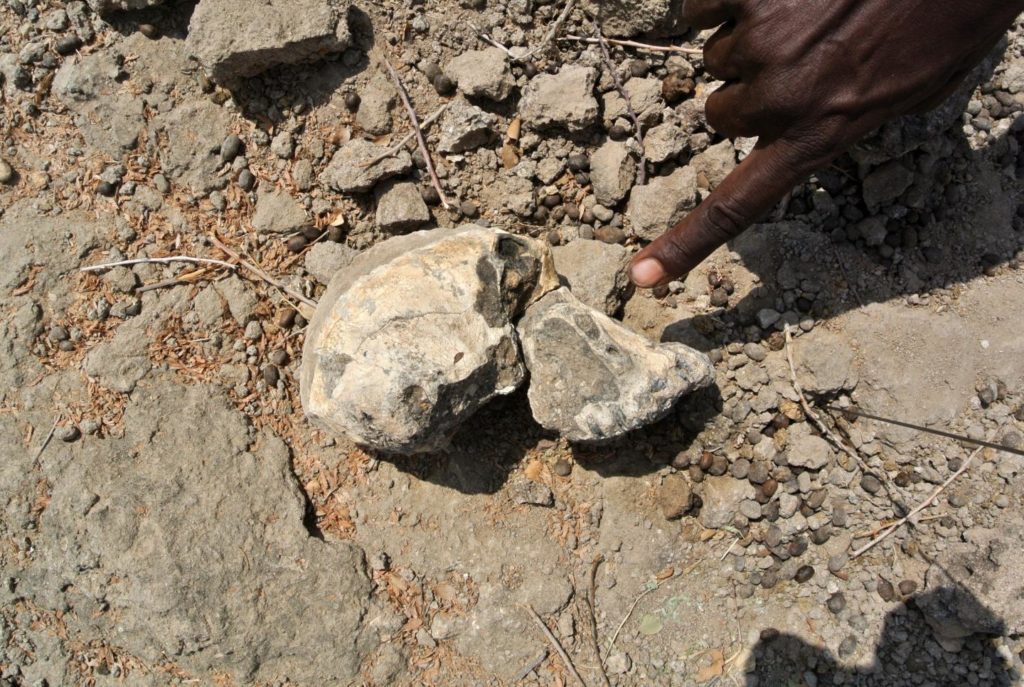
A face for Lucy’s ancestor
Researchers discover remarkably complete 3.8-million-year-old cranium of Australopithecus anamensis
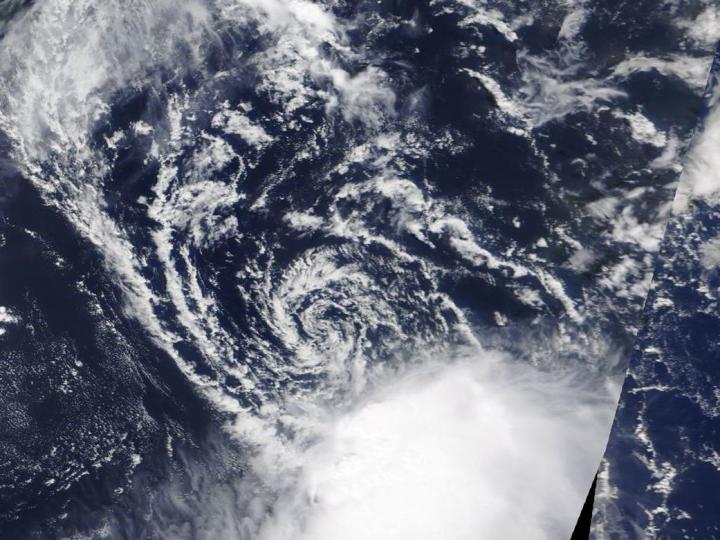
NASA finds wind shear affecting Tropical Depression Erin
Visible and infrared imagery from NASA’s Terra satellite revealed that strong wind shear was adversely affecting Tropical Depression Erin, located about 200 miles off the Carolina coast. On Aug. 27, the Moderate Resolution Imaging Spectroradiometer or MODIS instrument aboard NASA’s…
UCI-led study: Plankton are more resilient to nutrient stress than previously thought
Interdisciplinary team produces first high-resolution map of ocean surface phosphate
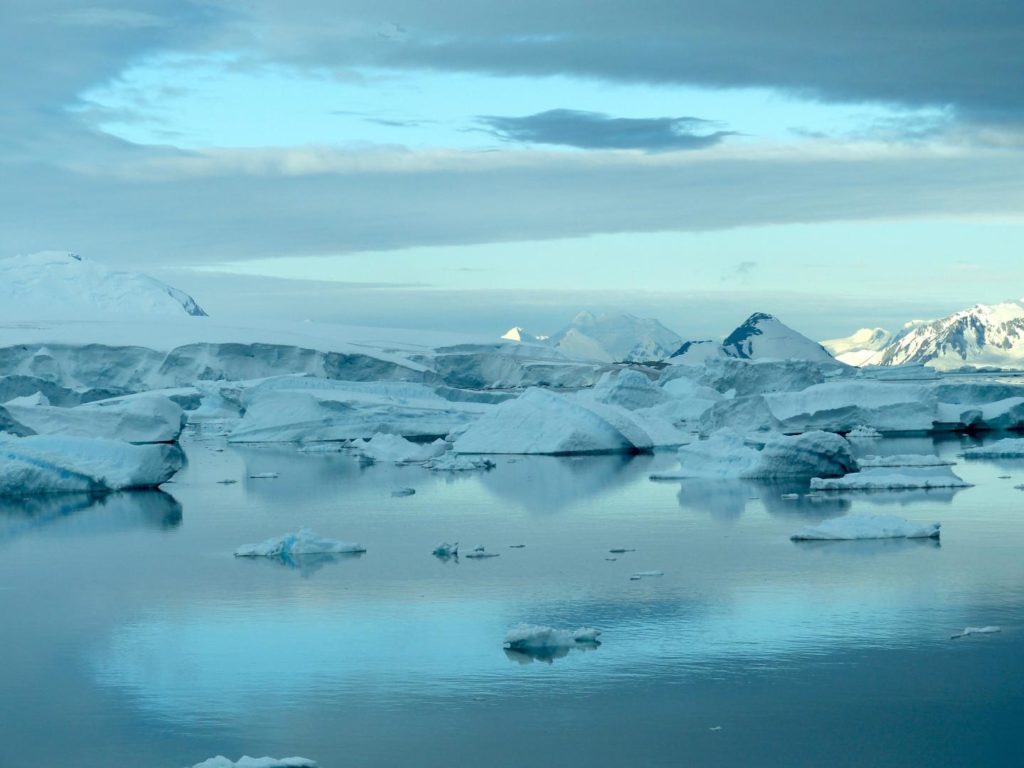
Research sheds new light on Antarctic control of global climate
Scientists have made a new discovery that challenges previous understanding of the relationship betw
Climate change affects floods in Europe
A large international research project led by TU Wien (Vienna) has demonstrated for the first time t
Southern Ocean circulation patterns that keep the lid on stored carbon are more complex than previou
Reframing the carbon cycle of the subpolar Southern Ocean
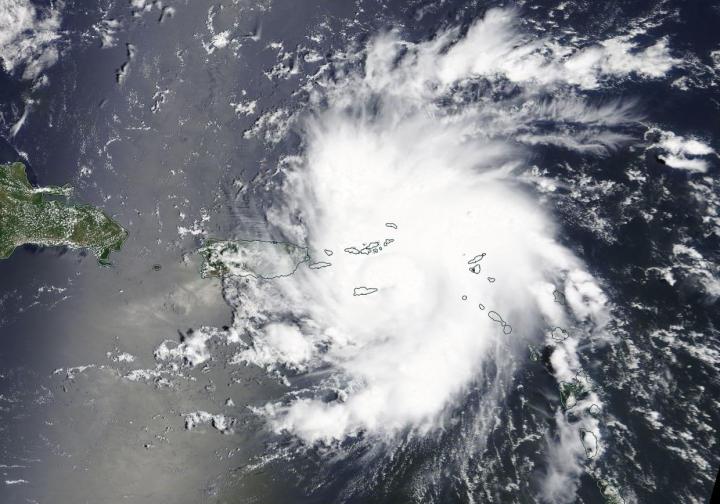
NASA sees Dorian become a hurricane
NASA’s Terra satellite passed over the northwestern Atlantic Ocean as Dorian reached hurricane status during the afternoon of August 28, 2019. On Aug. 28, 2019 at 1:30 p.m. EDT, the Moderate Resolution Imaging Spectroradiometer or MODIS instrument aboard NASA’s Terra…

Ancient die-off greater than the dinosaur extinction
Clues from Canadian rocks formed billions of year ago reveal a previously unknown loss of life even greater than that of the mass extinction of the dinosaurs 65 million years ago, when Earth lost nearly three-quarters of its plant and…
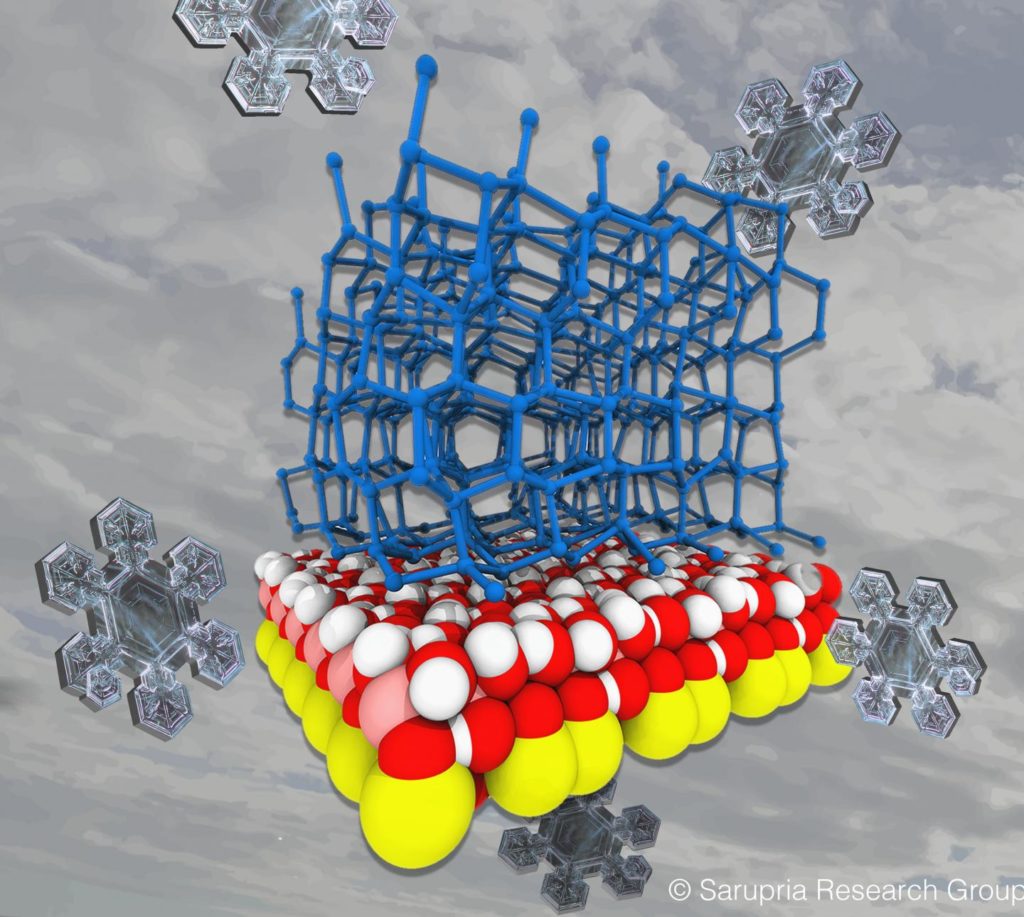
Chipping away at how ice forms could keep windshields, power lines ice-free
SAN DIEGO, Aug. 27, 2019 — How does ice form? Surprisingly, science hasn’t fully answered that question. Differences in ice formation on various surfaces still aren’t well understood, but researchers today will explain their finding that the arrangements that surface…
Would a carbon tax help to innovate more-efficient energy use?
Taxing carbon emissions would drive innovation and lead to improved energy efficiency, study finds
‘Surrey swarm’ earthquakes not caused by nearby oil extraction, says study
The series of 34 small earthquakes between April 2018 and May 2019 occurred within 10 km of two active oil extraction sites at Brockham and Horse Hill in Surrey. Many residents of Newdigate, Dorking, Horley and Charlwood in Surrey, and…

$3.3M NIH grant to support health in Detroit
EAST LANSING, Mich. – Faculty from Michigan State University received a $3.3 million grant from the National Institutes of Health for an experiment to improve the health of Detroit’s residents by cultivating green spaces in the city. Amber Pearson, assistant…
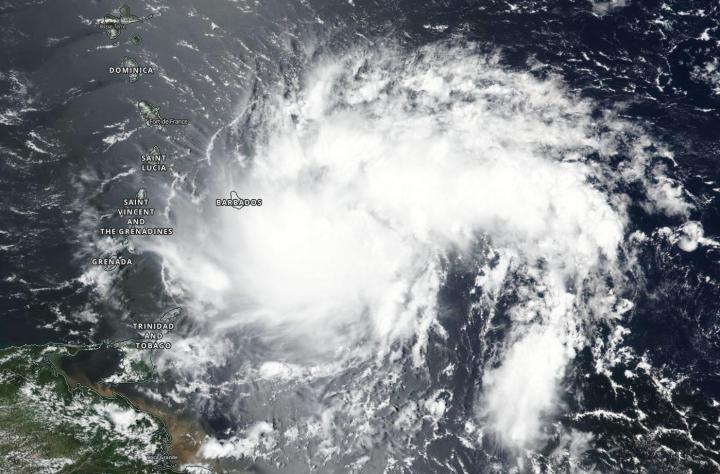
NASA analyzes Tropical Storm Dorian day and night
Tropical Storm Dorian was approaching the Leeward Islands when NASA-NOAA’s Suomi NPP satellite passed overhead from space and snapped a visible image of the storm. When Suomi NPP came by again the satellite provided a night-time image from early morning…
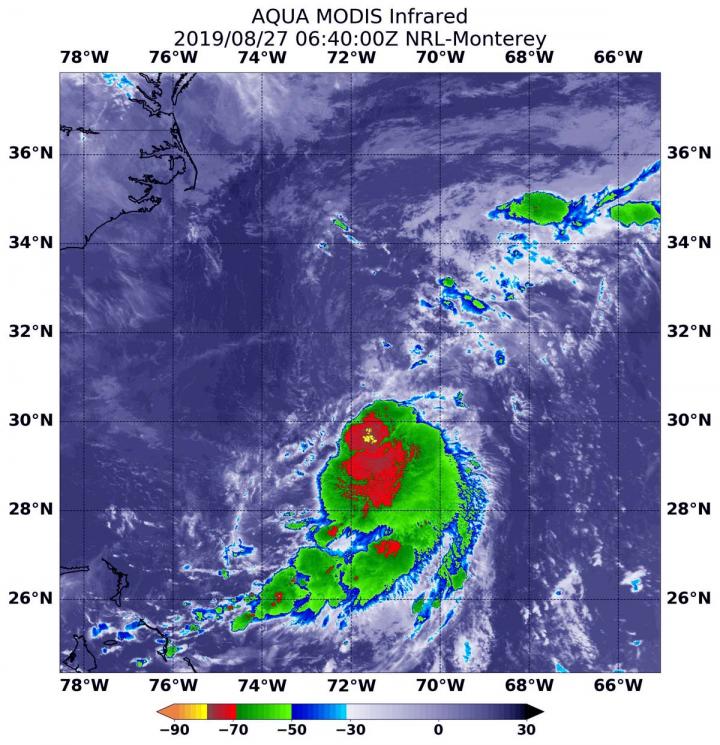
NASA finds Tropical Depression battling wind shear off the Carolina coast
Newly formed Tropical Depression 6 in the Atlantic Ocean may have just formed, but it did so under adverse atmospheric conditions. The depression is battling wind shear and it’s apparent on imagery from NASA’s Aqua satellite. Wind shear is a…

NASA-NOAA satellite tracks tropical depression Podul across Philippines
Tropical Depression 13W, now named Podul, was crossing the Philippines from east to west as NASA-NOAA’s Suomi NPP satellite provided a visible image of the storm. Podul’s trek across the country triggered many Philippines warnings on August 27, 2019. Tropical…
Glacier-fed rivers may consume atmospheric carbon dioxide
Study shows chemical weathering is the cause of CO2 consumption in glacier-fed freshwater systems
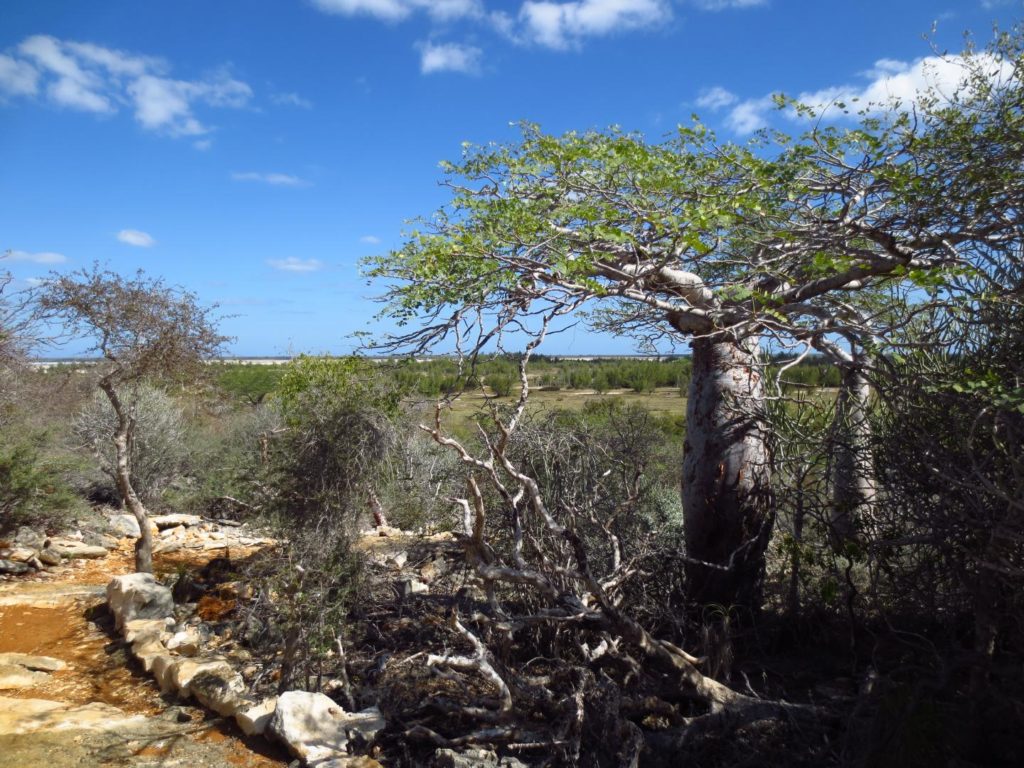
Satellite-based estimates of reduced deforestation in protected areas needed
Conventional management indicators do not show the whole picture of deforestation
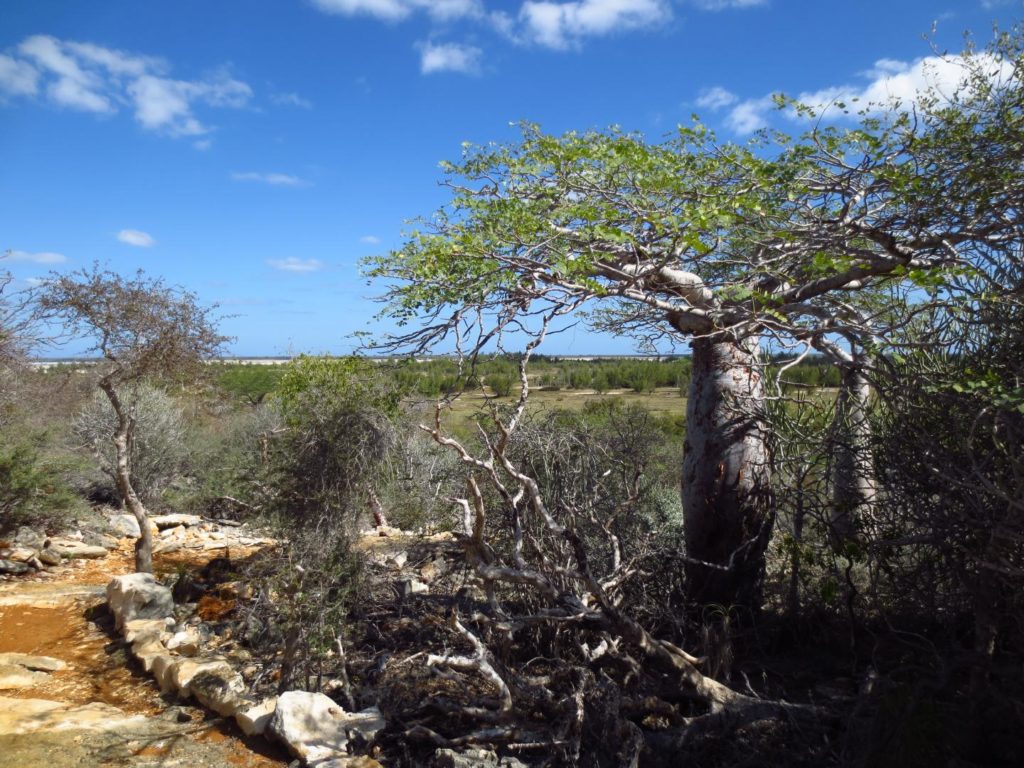
Satellite-based estimates of reduced deforestation in protected areas needed
Conventional management indicators do not show the whole picture of deforestation
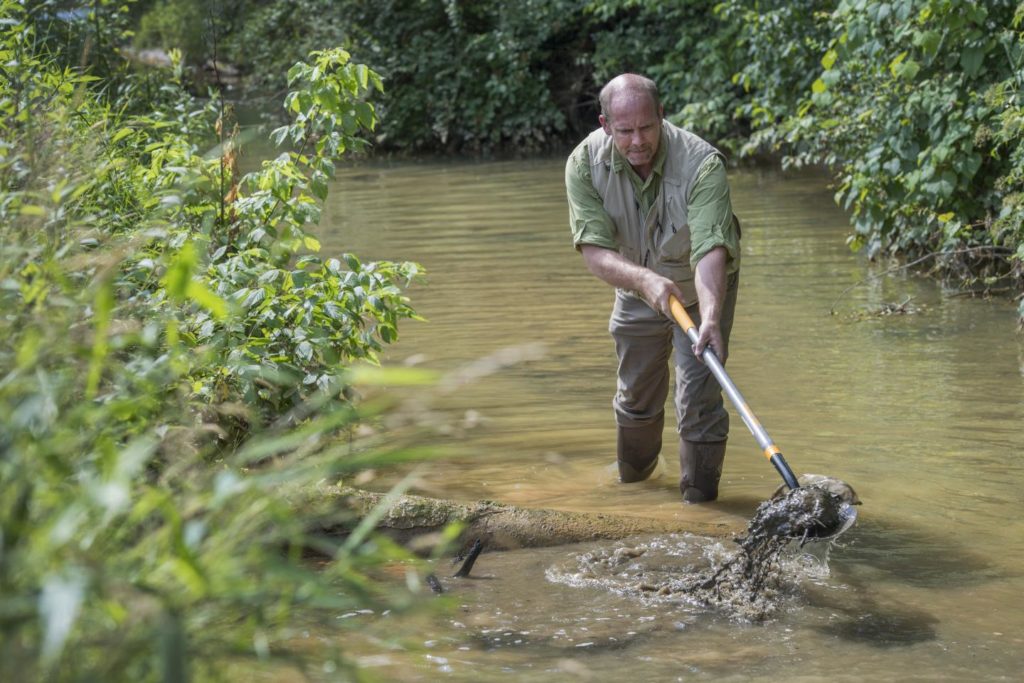
The positives of climate change? WVU research shows agricultural, economic possibilities
Depending on your side of the aisle, climate change either elicits doomsday anxiety or unabashed skepticism. Jason Hubbart , director of Institute of Water Security and Science at West Virginia University , takes a more centered approach. He’s studied the…
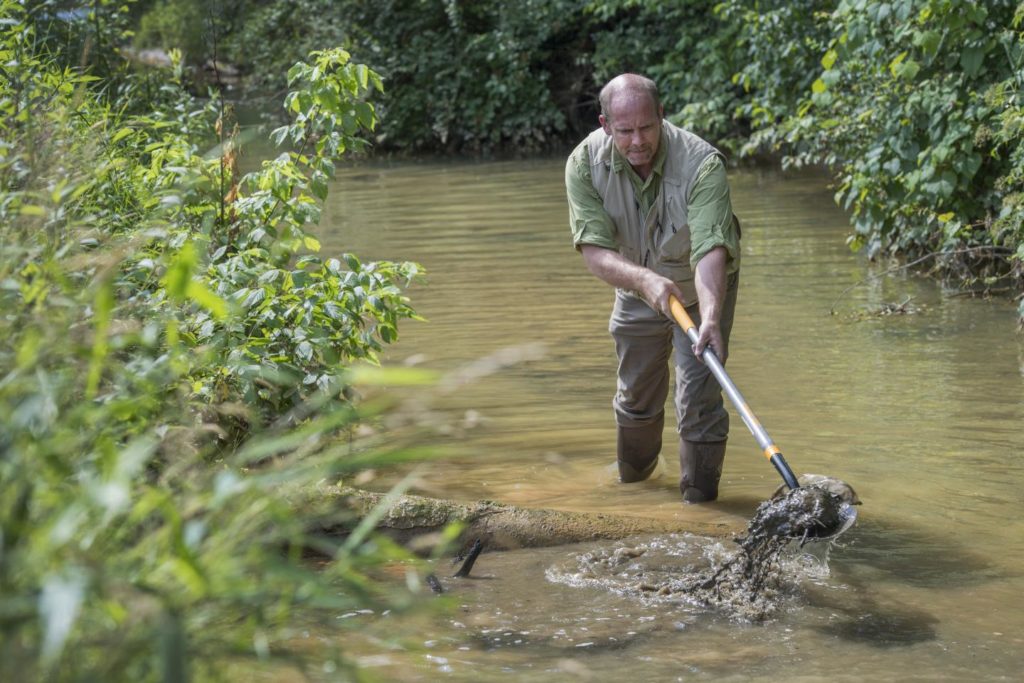
The positives of climate change? WVU research shows agricultural, economic possibilities
Depending on your side of the aisle, climate change either elicits doomsday anxiety or unabashed skepticism. Jason Hubbart , director of Institute of Water Security and Science at West Virginia University , takes a more centered approach. He’s studied the…

Crack in Pacific seafloor caused volcanic chain to go dormant
UH geologists discover 10 million years of silence

Beaver reintroduction key to solving freshwater biodiversity crisis
Reintroducing beavers to their native habitat is an important step towards solving the freshwater biodiversity crisis, according to experts at the University of Stirling. New research from the Faculty of Natural Sciences has provided further support to previous work that…
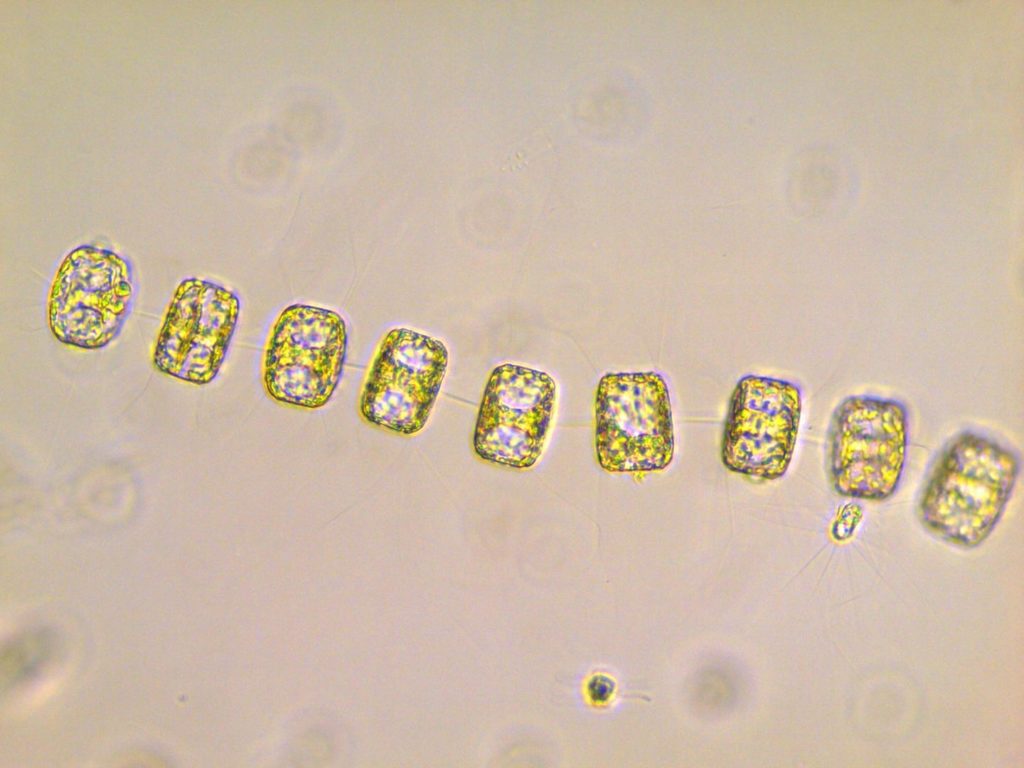
New threat from ocean acidification emerges in the Southern Ocean
Ocean acidification is having a negative impact on diatoms, a key group of microscopic marine organi

Utah’s red rock metronome
Seismic readings reveal Castleton Tower’s unseen vibrations
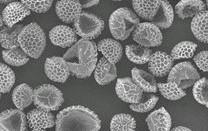
Cleaning pollutants from water with pollen and spores — without the ‘achoo!’ (video)
SAN DIEGO, Aug. 26, 2019 — In addition to their role in plant fertilization and reproduction, pollens and spores have another, hidden talent: With a simple treatment, these cheap, abundant and renewable grains can be converted into tiny sponge-like particles…
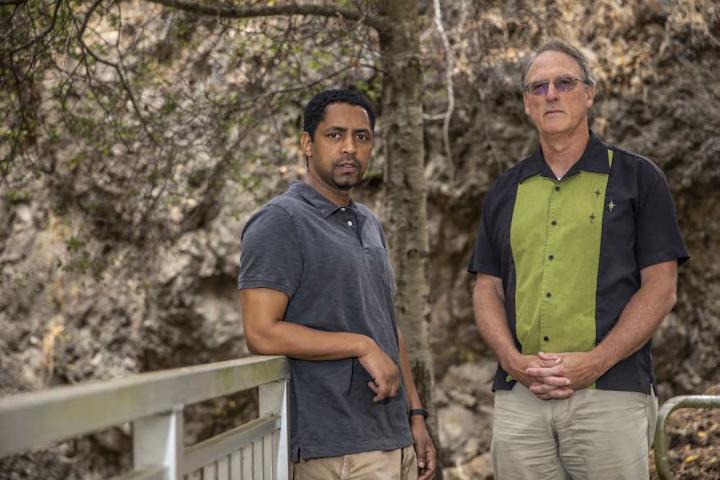
Wildfires could permanently alter Alaska’s forest composition
Berkeley Lab study finds evergreen conifer trees will decline and deciduous broadleaf trees dominate
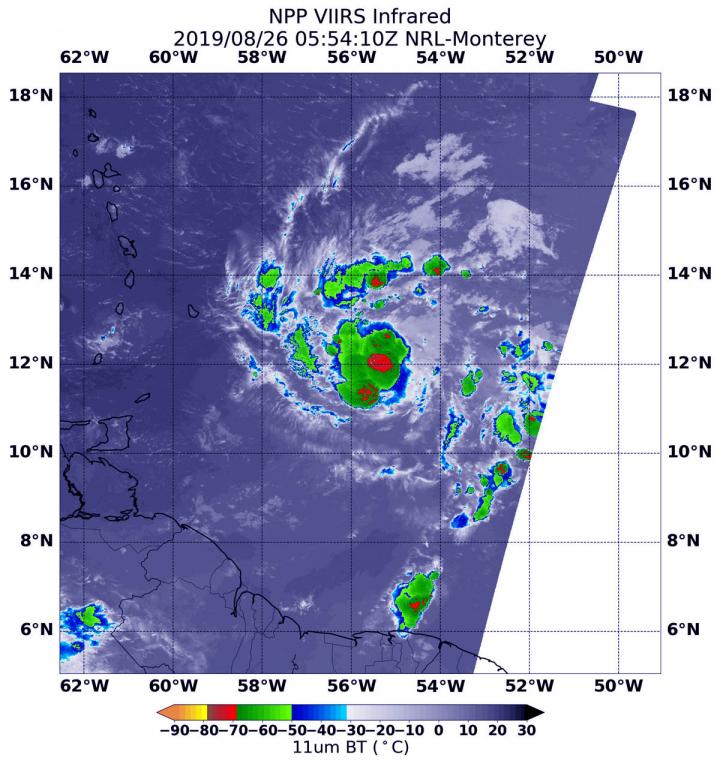
NASA-NOAA satellite finds heavy rainmaking ability in tropical storm Dorian
NASA-NOAA’s Suomi NPP satellite passed over Tropical Storm Dorian as it triggered warnings and watches for the islands of the Eastern Caribbean Sea. On Monday, August 26, 2019, a Tropical Storm Warning is in effect for Barbados, Martinique, St. Lucia,…
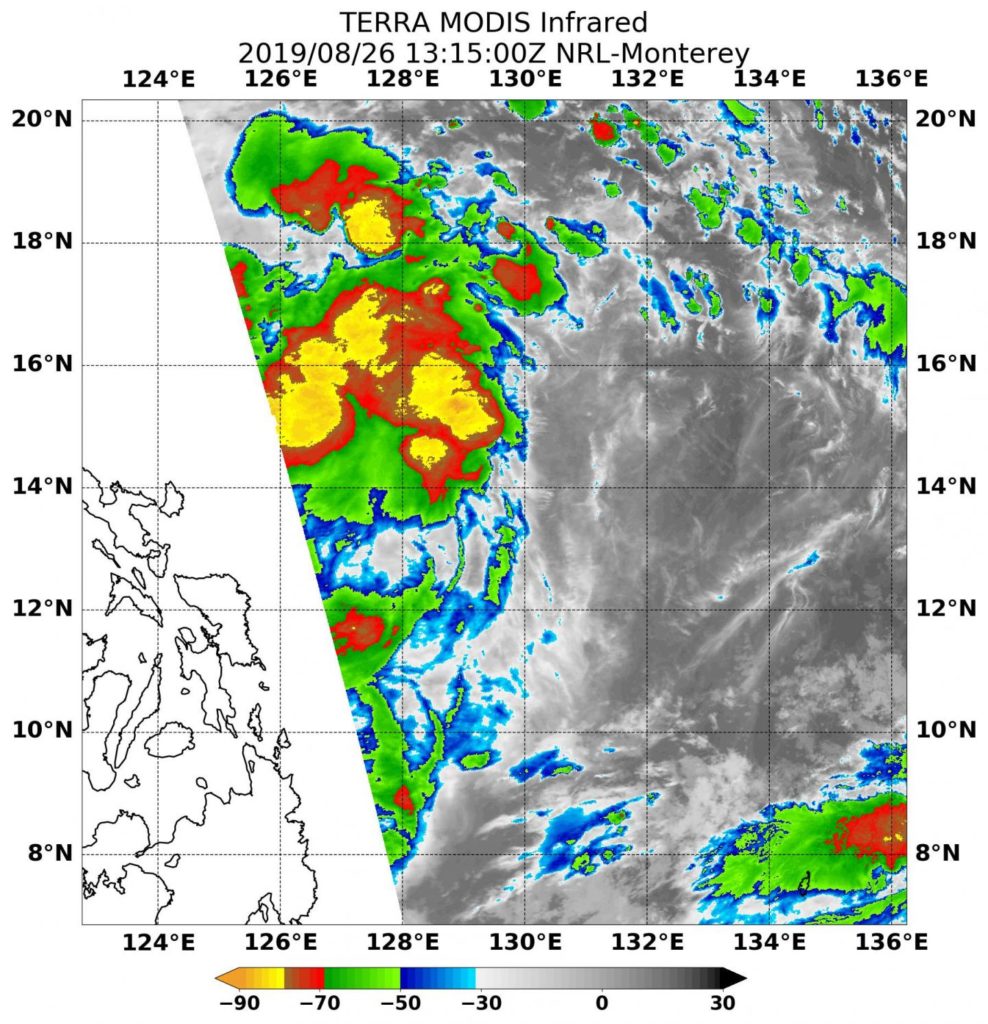
NASA’s Terra Satellite finds some power in Tropical Depression 13W
Infrared imagery from NASA’s Terra satellite revealed Tropical Depression 13W contained some powerful thunderstorms pushing high into the troposphere as it was moving west in the Philippine Sea toward the Philippines. Tropical Depression 13W has already triggered warnings in the…

Philippine airborne campaign targets weather, climate science
NASA’s P-3B science aircraft soared into the skies over the Philippines on Aug. 25 to begin a nearly two-month-long investigation on the impact that smoke from fires and pollution have on clouds, a key factor in improving weather and climate…
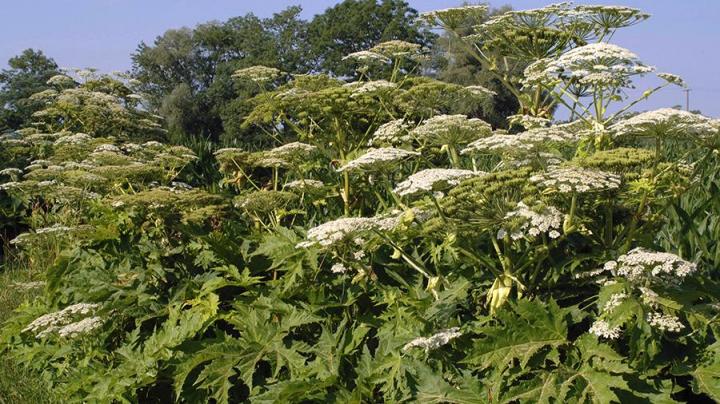
Dangerous wild grass will be used in batteries
Scientists from NUST MISIS have turned hogweed into a material for a supercapacitor
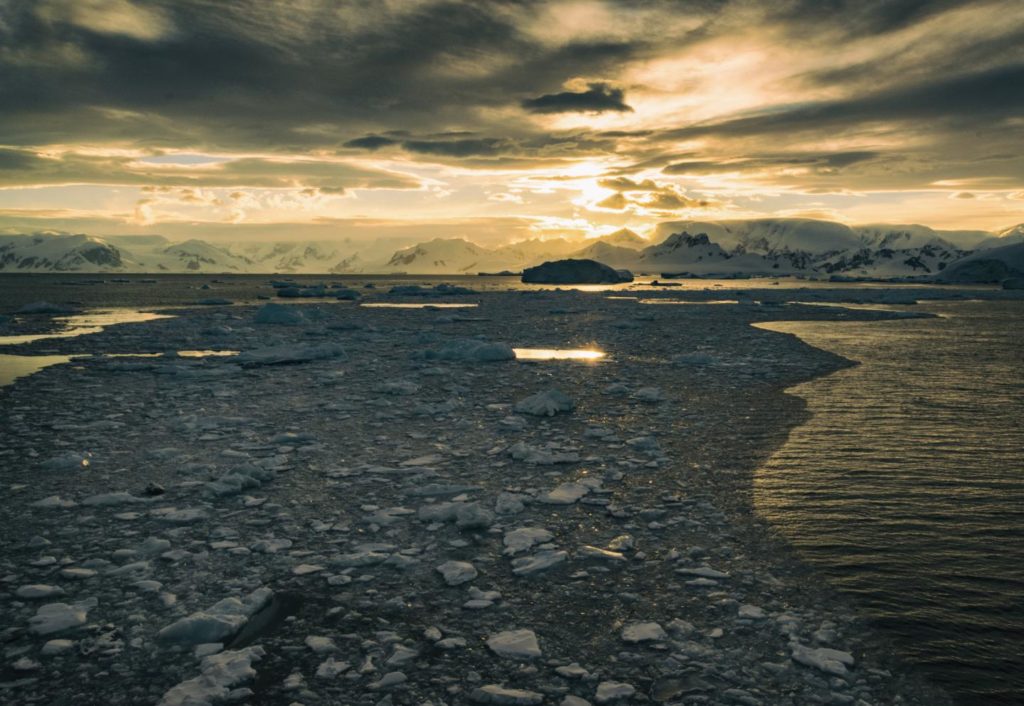
Study finds big increase in ocean carbon dioxide absorption along West Antarctic Peninsula
Long-term measurements reveal links between climate change and ocean carbon dynamics

Water availability determines carbon uptake under climate warming: study
Increasing atmospheric CO2 concentration is the leading cause of greenhouse effects and global warming. Notably, rapid climate warming can, in turn, either increase or decrease land carbon uptake, leading to negative or positive carbon cycle-climate change feedback, respectively. Scientists previously…

Are we really protecting rivers from pollution? It’s hard to say, and that’s a problem
More public and private resources than ever are being directed to protecting and preserving aquatic ecosystems and watersheds. Whether mandated for land development, farming or in response to the growing severity and number of natural disasters – scientists from the…

Detecting hydrothermal vents in volcanic lakes
Combination of measurements shows hydrothermal sources under sea in Tanzania — Results could improv
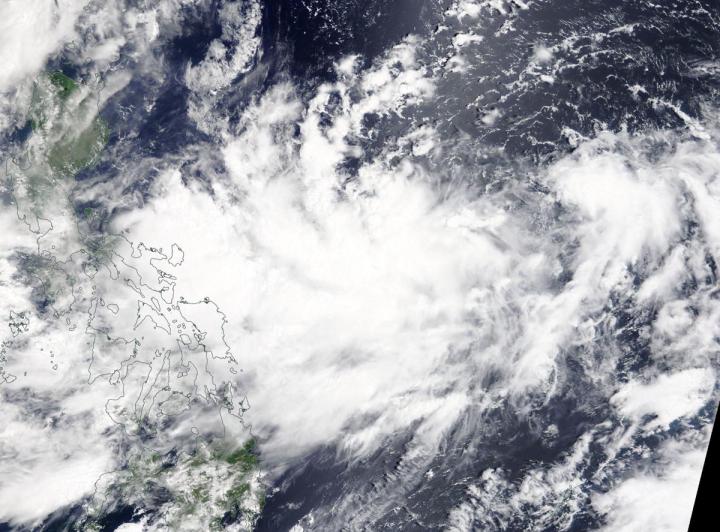
NASA finds Tropical Depression Bailu forms east of Philippines
NASA’s Terra satellite passed over the Northwestern Pacific Ocean and captured an image of newly developed Tropical Depression Bailu, east of the Philippines. On Aug. 20, 2019, the Moderate Resolution Imaging Spectroradiometer or MODIS instrument aboard NASA’s Terra satellite provided…

Scientists find a way to quickly determine the purity of water
Scientists from NUST MISIS together with colleagues from Lomonosov Moscow State University have developed a method for quick and effective analysis of the composition of water, which will help to solve the problem of industrial pollution. The methodology is based…
The composition of fossil insect eyes surprises researchers
Eumelanin – a natural pigment found for instance in human eyes – has, for the first time, been identified in the fossilized compound eyes of 54-million-year-old crane-flies. It was previously assumed that melanic screening pigments did not exist in arthropods.…
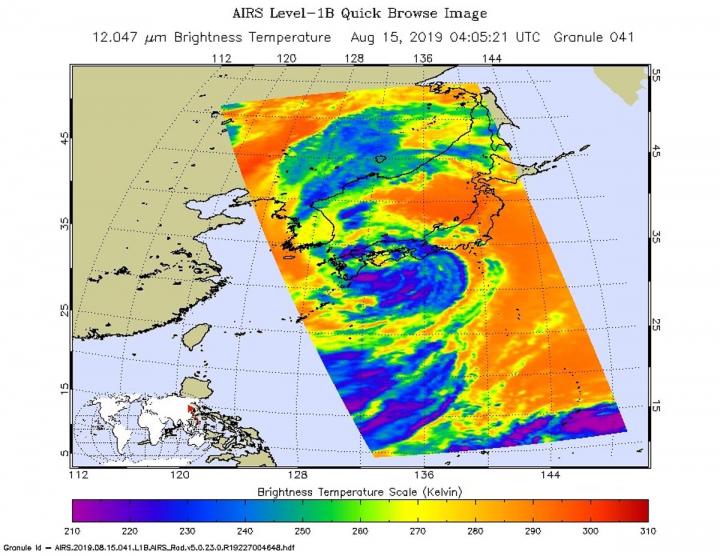
NASA pinpointed tropical storm Krosa’s strength before Japan landfall
NASA’s Aqua satellite provided forecasters at the Joint Typhoon Warning Center with infrared data and cloud top temperature information for Tropical Storm Krosa as it was making landfall in southern Japan. Cloud top temperatures provide information to forecasters about where…
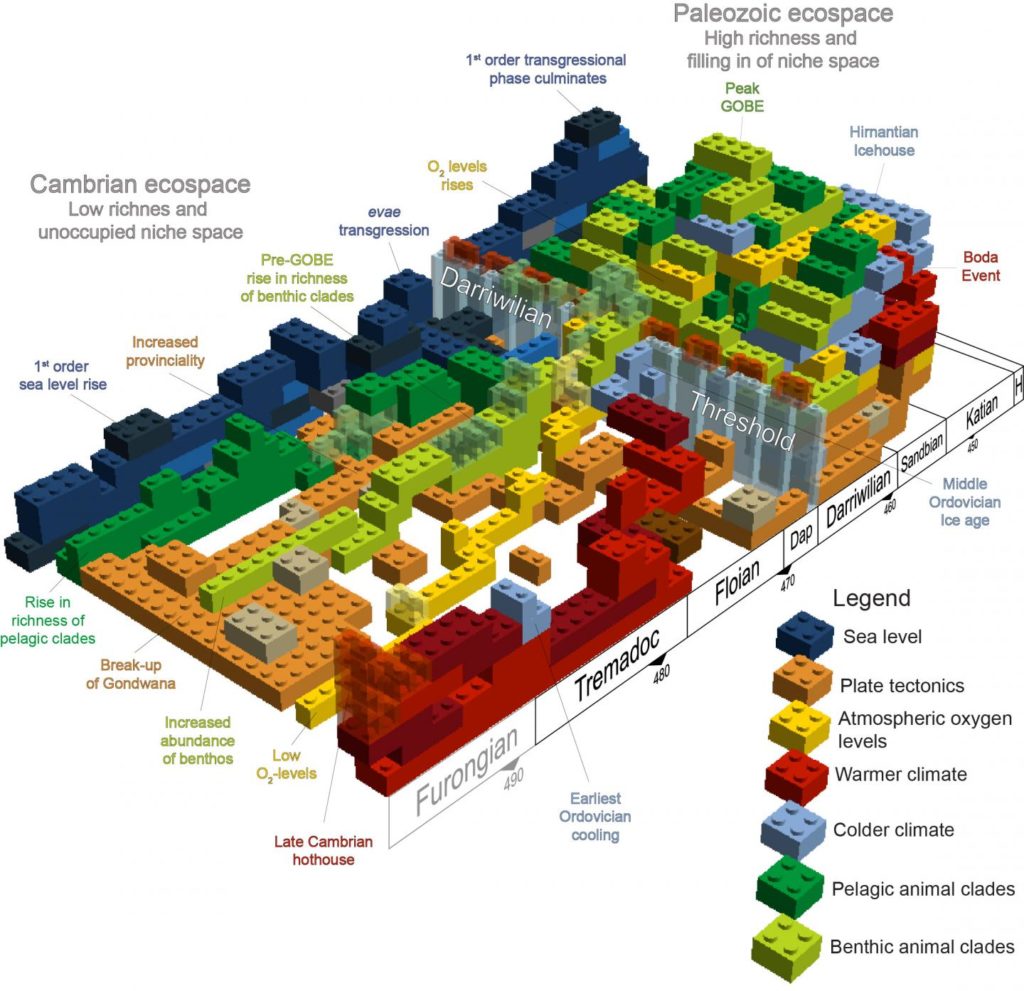
Early species developed much faster than previously thought, OHIO research shows
Ohio University researcher publishes landmark review of the Great Ordovician Biodiversification Even
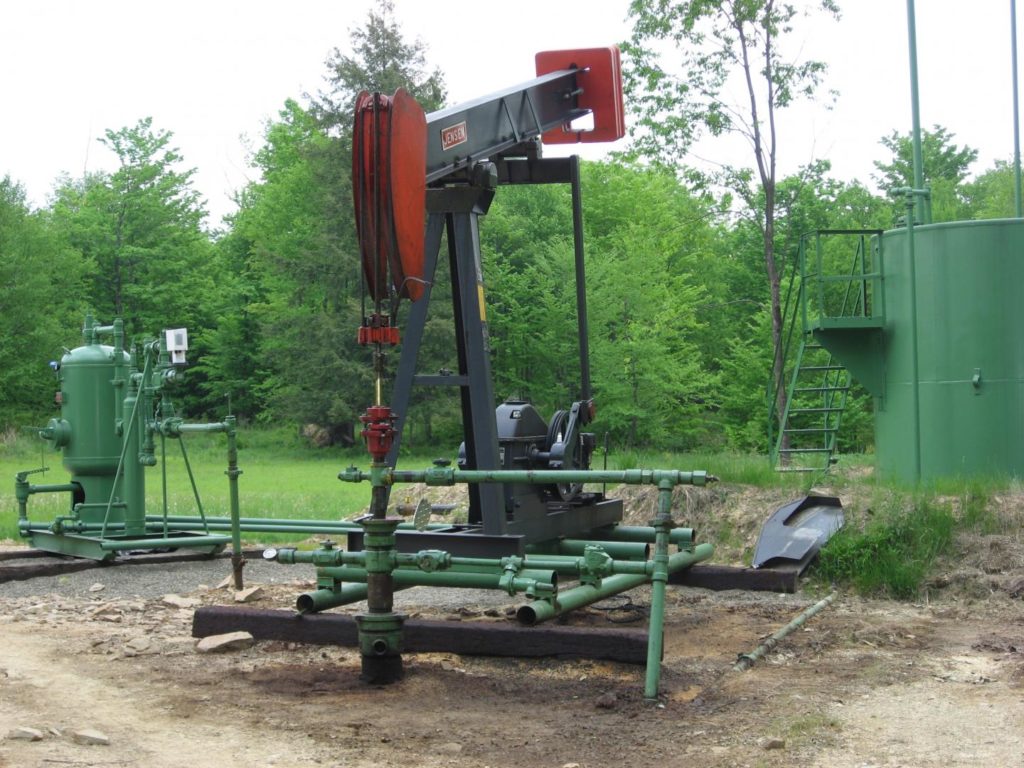
Fracking has less impact on groundwater than traditional oil and gas production
Both types of oil and gas production activities inject water underground
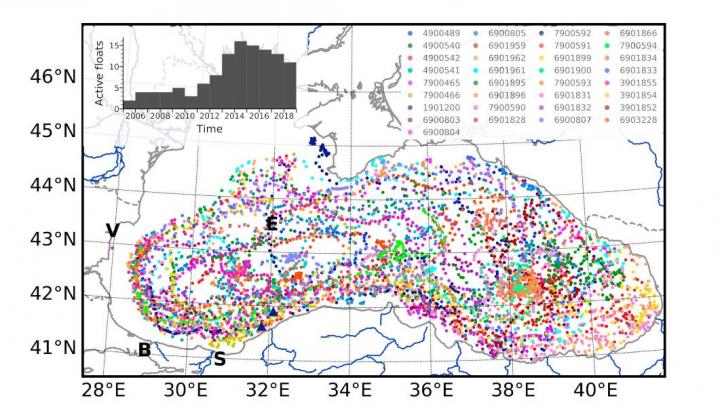
Warmer winters are changing the makeup of water in Black Sea
WASHINGTON – Warmer winters are starting to alter the structure of the Black Sea, which could foreshadow how ocean compositions might shift from future climate change, according to new research. A new study published in AGU’s Journal of Geophysical Research:…
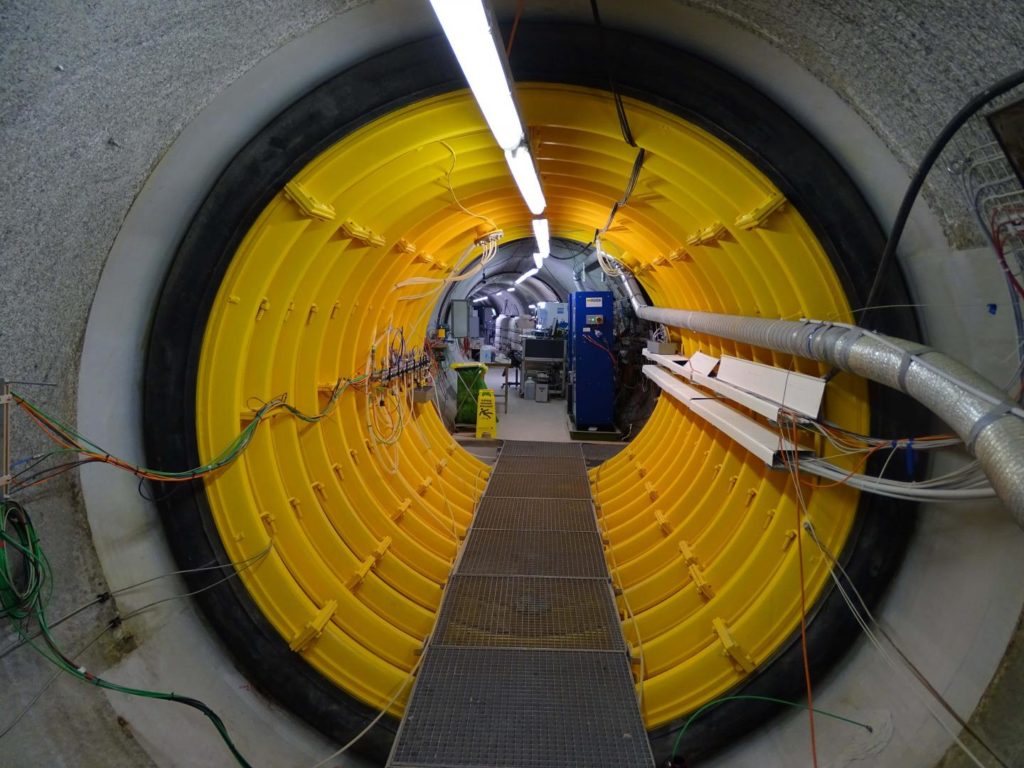
Simulation of the future in the Grimsel rock laboratory
Geologists at the University of Jena (Germany) investigate the stability of the geotechnical barrier
Microplastics in Arctic snow suggest widespread air pollution
White and wonderful? Microplastics prevail in snow from the Alps to the Arctic
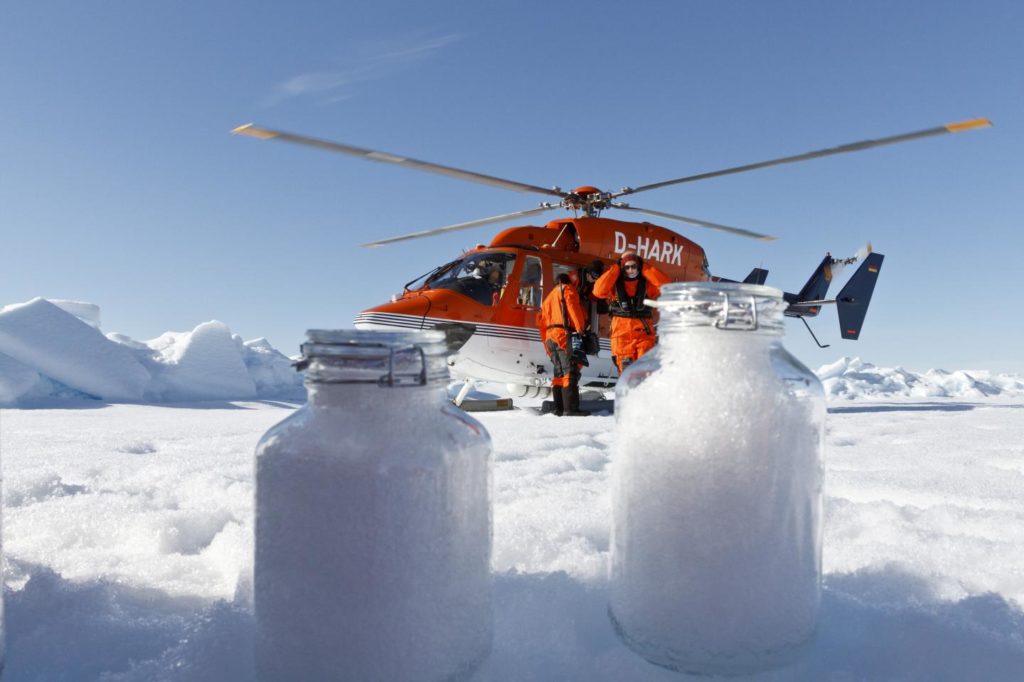
Microplastic drifting down with the snow
In the Alps and the Arctic, experts confirm the presence of plastic in snow
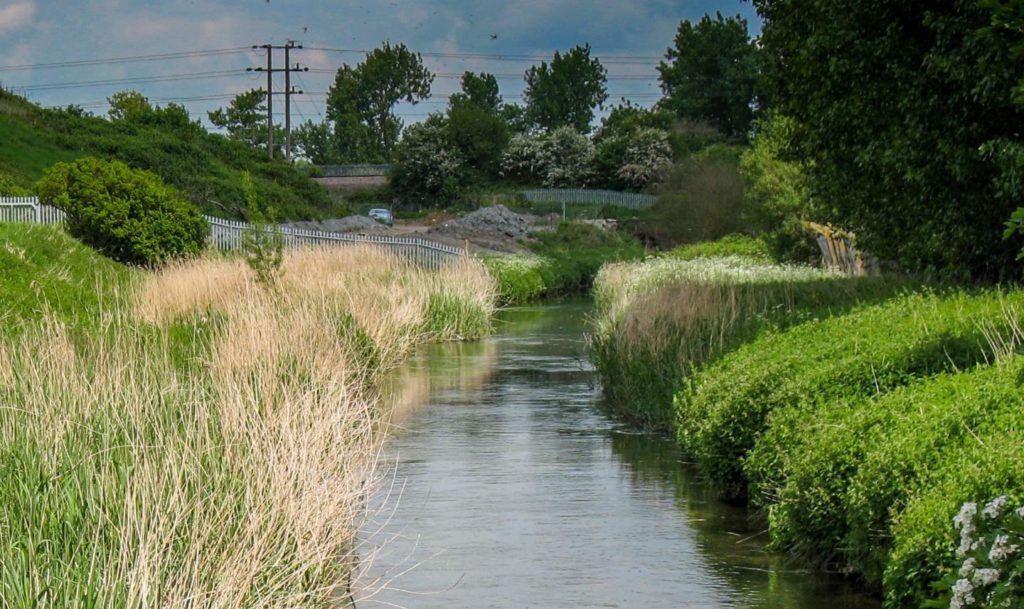
Improved sewage treatment has increased biodiversity over past 30 years
Study of long-term data for river shows increase in freshwater invertebrates
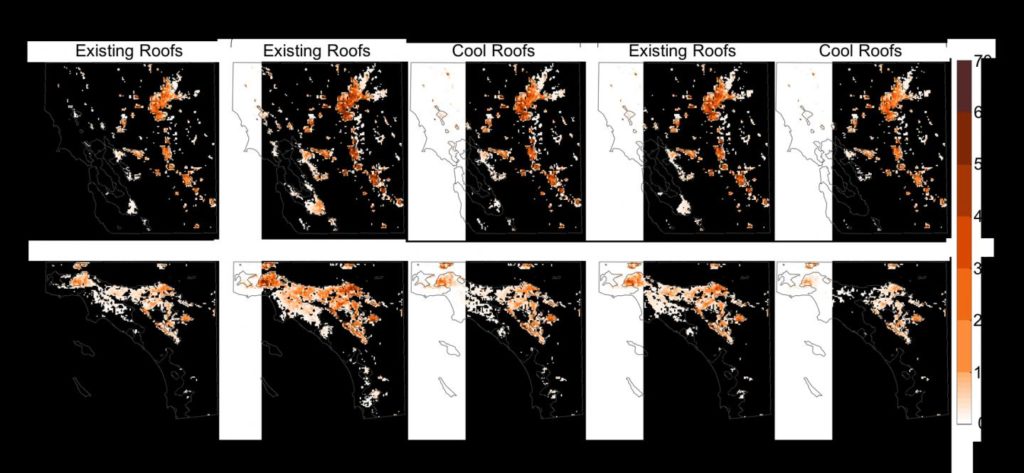
Cool roofs can help shield California’s cities against heat waves
New Berkeley Lab study finds that in reducing air temperatures, cool roofs could protect urbanites f
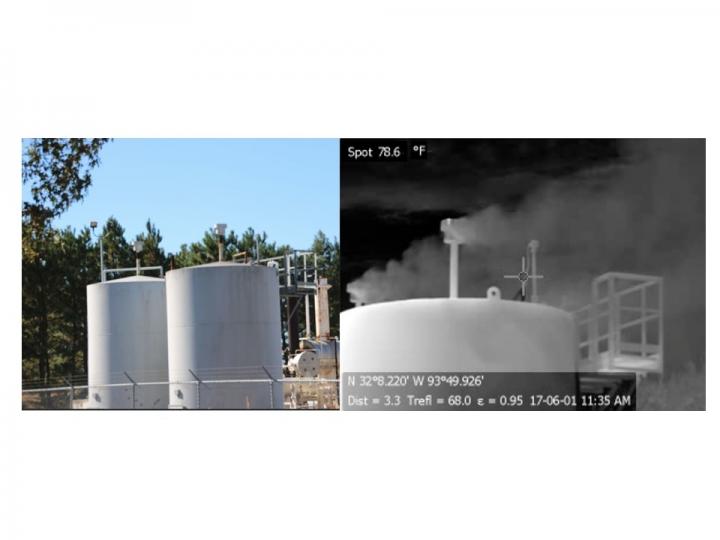
New study: Fracking prompts global spike in atmospheric methane
As methane concentrations increase in the Earth’s atmosphere, chemical fingerprints point to a probable source: shale oil and gas, according to new Cornell University research published today (14 August) in Biogeosciences , a journal of the European Geosciences Union. The…